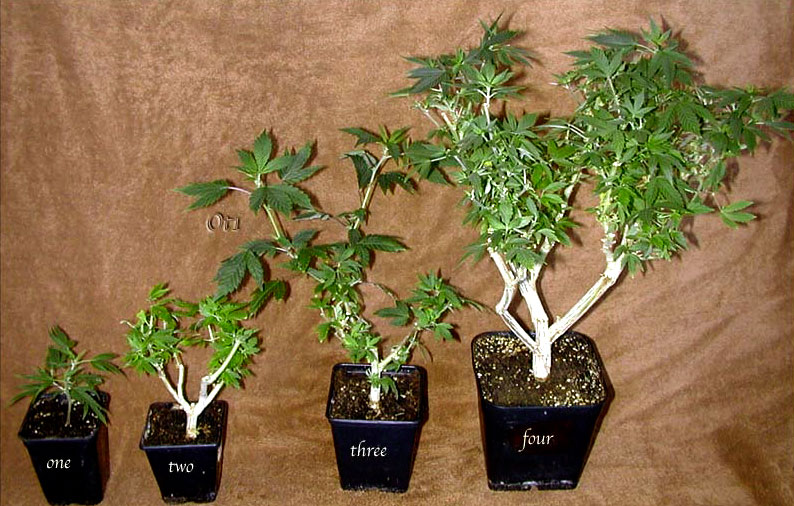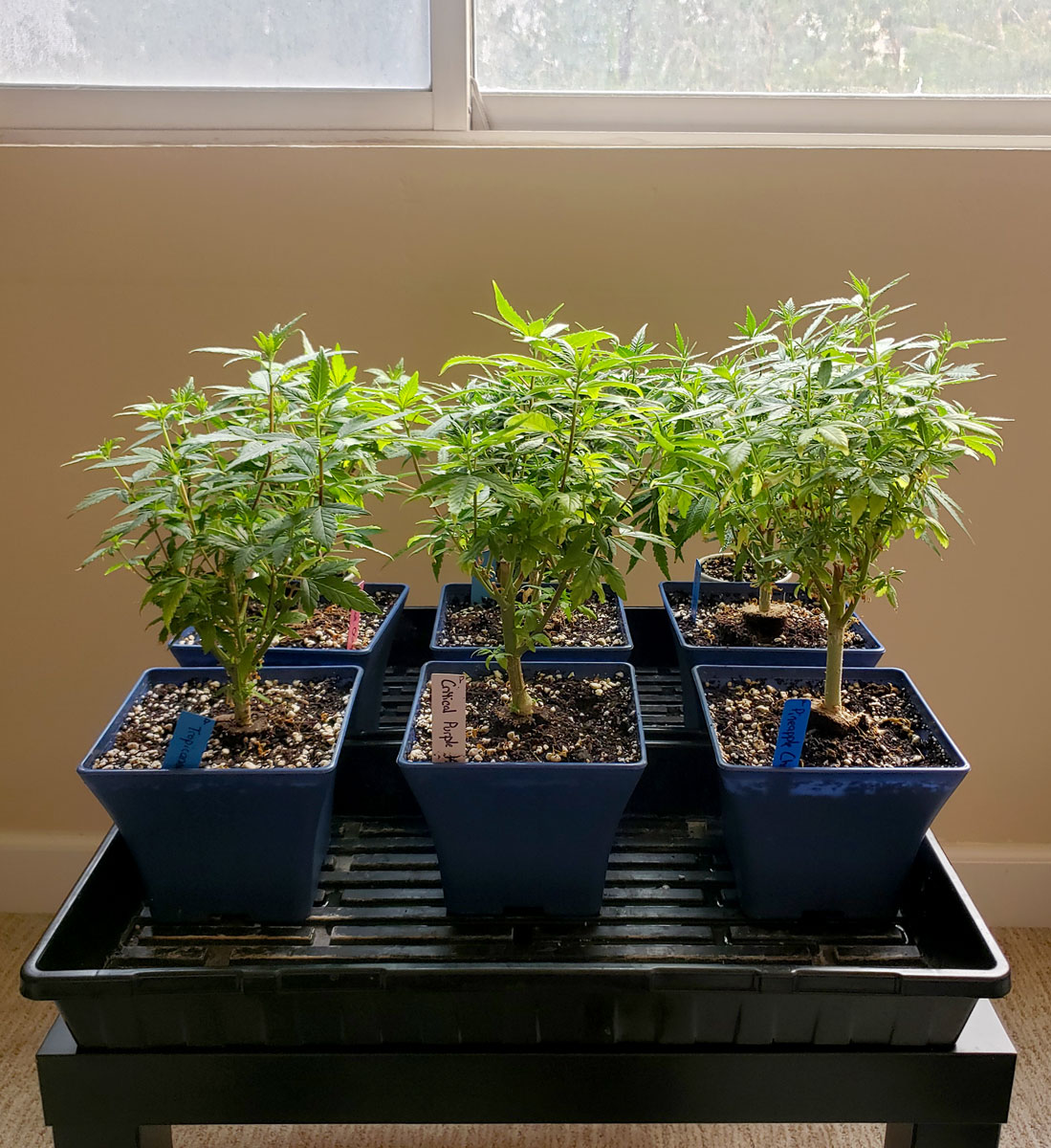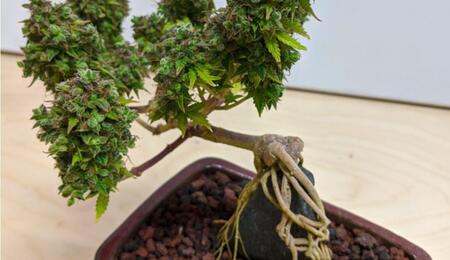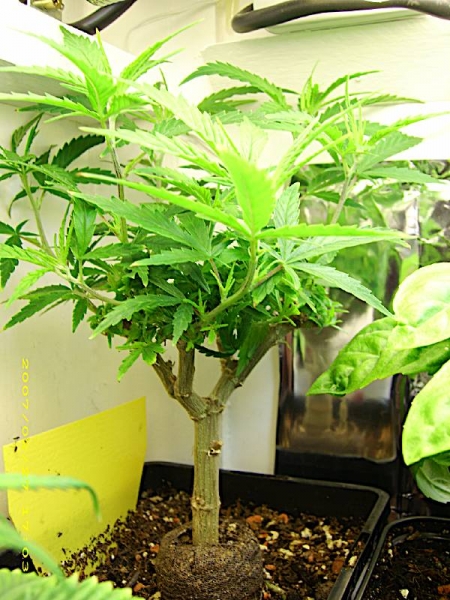Learn how to create and maintain a beautiful Bonsai mother plant with our comprehensive guide. From root pruning to growing Canna-Bonsai, we’ve got you covered!
Looking to create a beautiful and thriving Bonsai mother plant?
Look no further, because we’ve got you covered! In this article, we will provide you with all the tips and tricks you need to know to successfully create and maintain a Bonsai mother plant.
Whether you’re a beginner or an experienced gardener, we will walk you through the process of root pruning, taking clones, and even growing Canna-Bonsai mother plants.
So, grab your crystal, quartz, and photoperiod timers, because we’re about to embark on a journey to cultivate the perfect Bonsai mother plant!
Root Pruning (Renovation and Maintenance)

Introduction to Root Pruning
Root pruning is an essential technique in the maintenance and care of bonsai trees. It involves pruning the roots of the tree to stimulate new growth and maintain a healthy root system. By selectively pruning the roots, we can promote a more compact and aesthetically pleasing root structure, which is crucial for the overall health and vitality of the bonsai. In this article, we will explore the benefits of root pruning, when to perform it, the tools needed, and provide a step-by-step guide to help you successfully prune the roots of your bonsai tree.
Benefits of Root Pruning
Root pruning offers numerous benefits to the overall health and appearance of a bonsai tree. First and foremost, it helps to control the size of the root system, ensuring that it does not become too large and overpower the tree.
This is especially important for bonsai trees, as their small containers restrict the growth of the roots. By pruning the roots, we can keep them in proportion to the size of the tree, preventing them from becoming tangled and congested.
Additionally, root pruning stimulates new root growth, which improves the nutrient absorption and water uptake of the tree. As we remove old and unnecessary roots, we create space for fresh, healthy roots to develop.
This rejuvenates the root system and enhances the overall vigor of the tree. Pruned roots also tend to be finer and more fibrous, which helps in the absorption of vital nutrients.
Root pruning also allows us to shape the root structure of the bonsai tree. By selectively removing roots in specific areas, we can encourage the development of a radial root system, which gives the tree more stability and aesthetic appeal.
Furthermore, properly pruned roots can be trained to grow in a specific direction, adding depth and character to the overall design of the bonsai.

When to Perform Root Pruning
Root pruning is typically performed during repotting, which is usually done every 1-3 years, depending on the growth rate of the tree. It is essential to time root pruning correctly to minimize stress on the tree. Ideally, root pruning should be carried out just before the onset of the tree’s growth period.
For most deciduous trees, this is in early spring, while for evergreen trees, it is typically in late winter to early spring. By pruning the roots at this time, the tree can quickly recover and redirect its energy towards producing new growth.

Tools Needed for Root Pruning
To perform root pruning effectively, you will need specific tools specifically designed for bonsai care. These include:
- Root Pruning Shears: These shears have sharp, concave blades that allow for precise and clean cuts. They are crucial for removing larger roots.
- Root Rake: A root rake is used to comb through the root system and untangle any root-bound sections. It helps to separate the roots gently without causing damage.
- Root Hook: A root hook is a small, angled metal hook used to carefully tease out roots from the soil during the repotting process. This tool is especially useful for bonsai trees with dense root systems.
- Bonsai Soil Sieve: A bonsai soil sieve is used to separate the larger particles from the soil, ensuring that only the finer particles are used for repotting. This promotes better drainage and aeration of the root system.

Step-by-Step Guide to Root Pruning
- Prepare the Tree: Before beginning the root pruning process, carefully remove the tree from its pot. Gently loosen the ball of soil around the root system using a root rake or root hook, being careful not to damage any roots.
- Assess the Root System: Examine the root system and identify any large, thick roots that need to be pruned. These are typically located near the trunk of the tree and can be removed to promote a more compact and balanced root structure.
- Prune the Thick Roots: Using a sharp pair of root pruning shears, make clean cuts at a slight angle to ensure proper healing. Cut the thick roots back to a suitable length, taking care not to remove too much at once, as this can shock the tree.
- Comb Through the Roots: After removing the larger roots, gently comb through the remaining roots using a root rake. This helps to untangle any root-bound sections and promotes the development of finer, fibrous roots.
- Replant the Tree: Once the root pruning is complete, prepare a new pot with fresh bonsai soil. Carefully position the tree in the pot, spreading out the roots evenly. Fill the pot with soil, ensuring that it is firmly packed around the roots.
- Water and Care for the Tree: After repotting, thoroughly water the tree, allowing the water to soak through the soil and thoroughly hydrate the roots. Place the bonsai in a suitable location, taking into consideration the light and temperature requirements of the tree. Monitor the tree closely in the following weeks and provide regular care, including watering, fertilizing, and pruning as necessary.
By following these steps, you can successfully prune the roots of your bonsai tree and promote its overall health and vitality. Remember to exercise caution and take your time during the root pruning process to minimize stress on the tree. With proper care and maintenance, your bonsai tree will continue to thrive and bring beauty to your home or garden.



